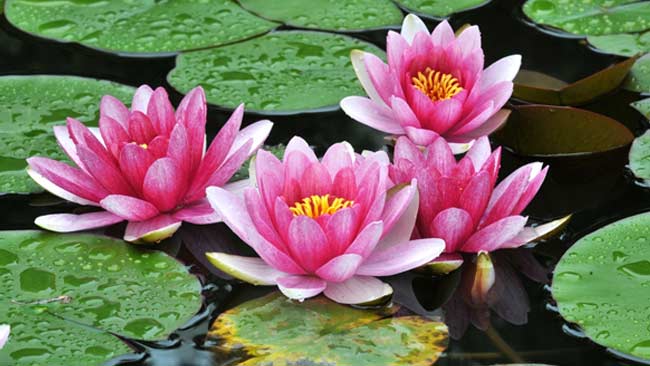
Nestled amidst the tranquil waters of Southeast Asia, the teratai888, or water lily, stands as a symbol of natural beauty, resilience, and serenity. These exquisite aquatic plants have captivated the hearts and minds of people for centuries, earning their place in cultural legends and modern-day admiration. Let’s embark on a journey to discover the fascinating world of the Teratai.
An Icon of Serenity:
Teratai, with their floating leaves and enchanting blossoms, evoke a sense of calm and tranquility. They are often associated with serenity and inner peace in various cultures across Asia. In Hinduism and Buddhism, the water lily symbolizes purity and enlightenment, as it rises untainted from muddy waters to bloom with pristine elegance. This symbolism has made Teratai an integral part of religious ceremonies and meditative practices.
The Resilience of Teratai:
One of the most remarkable attributes of Teratai is their resilience. These water lilies have adapted to thrive in diverse aquatic environments, from still ponds to flowing rivers. Their ability to withstand changing water levels and adverse conditions reflects nature’s tenacity and the adaptability of life itself. Teratai’s ability to re-emerge year after year, even after harsh winters, serves as a reminder of the resilience inherent in the natural world.
Cultural Significance:
Throughout history, Teratai has woven itself into the tapestry of various cultures. In Vietnam, it’s a symbol of purity and enlightenment, while in Cambodia, it adorns ancient temples as a representation of serenity. In the Philippines, the water lily’s presence signifies unity and harmony. Furthermore, artists and poets have drawn inspiration from Teratai’s beauty, capturing its essence in paintings, poetry, and literature.